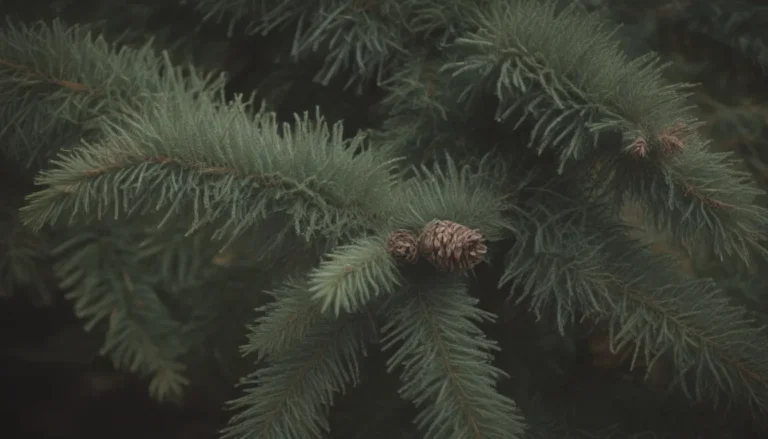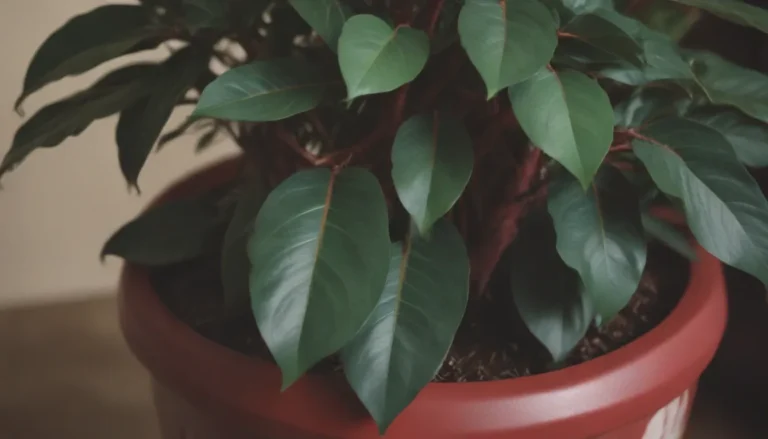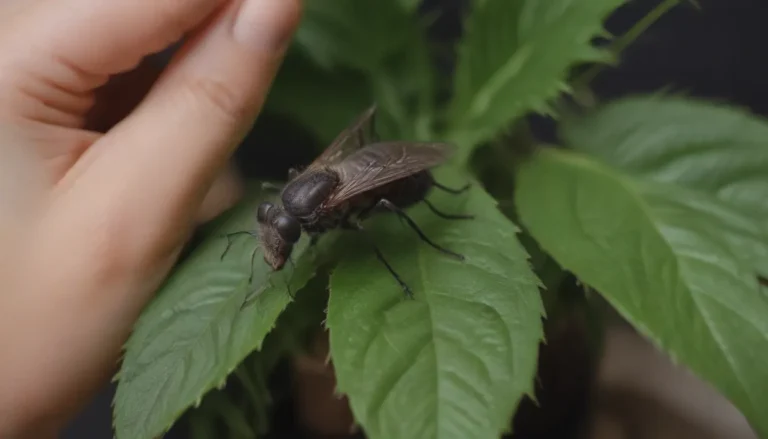Growing Your Own Perennial Food Garden: A Comprehensive Guide

Are you tired of starting your garden from scratch every spring? Do you want to enjoy home-grown food year after year with minimal effort? If so, it’s time to explore the world of perennial food gardening. In this guide, we will delve into the world of perennial vegetables, fruits, herbs, and nuts, providing you with valuable information on how to create a sustainable and low-maintenance garden that will feed you for years to come.
What Is a Perennial Plant?
Before we dive into the various types of perennial plants you can grow in your garden, let’s first understand what exactly a perennial plant is. A perennial plant is one that comes back year after year, as opposed to annuals, which need to be replanted each year, or biennials, which only last for two years. By planting perennial plants in your garden or orchard, you can enjoy their bounty for multiple seasons, sometimes even decades.
While all the plants we will discuss in this guide are perennials, it’s important to note that their ability to grow year after year may vary depending on your local climate. Some plants that are considered perennials in one region may not be able to survive harsh winters or extreme summers in another. Before purchasing any plants or seeds, make sure to research and check for compatibility with your specific USDA hardiness zone.
Benefits of Growing Perennials
There are numerous benefits to incorporating perennial plants into your garden. Not only can they save you time and money, but they also offer a sustainable and low-maintenance way to grow your own food. Once established, perennial plants require less maintenance and are more resilient to drought and other unfavorable growing conditions compared to annuals. Additionally, you won’t have to prepare the planting area or spend money on seeds or seedlings every year.
Despite the many advantages of growing perennials, there are also some drawbacks to consider. Perennials may require regular fertilizing and pest control to thrive, and some plants can become invasive if not carefully managed. Furthermore, most perennial plants do not produce food in their first few years of growth, so you’ll need to exercise patience before reaping the rewards of your harvest.
Perennial Food Options
Perennial Herbs
- Mint: A versatile herb used in both sweet and savory dishes.
- Oregano: Adds flavor to Mediterranean cuisines and is a hardy perennial.
- Rosemary: A fragrant herb commonly used in cooking and natural medicine.
- Thyme: Known for its strong flavor and aromatic qualities.
Perennial Vegetables
- Artichokes: A delicious and nutrient-rich vegetable that can be grown as a perennial.
- Asparagus: A springtime favorite that can produce for up to 20 years.
- Rhubarb: A tart perennial vegetable commonly used in desserts.
- Jerusalem Artichokes: Not actually artichokes, these tubers are easy to grow and highly nutritious.
Perennial Fruits
- Strawberries: A sweet and juicy fruit that can produce year after year.
- Blueberries: Rich in antioxidants and perfect for baking or snacking.
- Raspberries: A versatile fruit that is great fresh or in jams and desserts.
- Figs: A tropical fruit that can thrive in some temperate regions.
Perennial Nuts
- Almonds: A nutrient-dense nut that can be grown in warm climates.
- Walnuts: Rich in omega-3 fatty acids and versatile for cooking and baking.
- Hazelnuts: Also known as filberts, these nuts are delicious and easy to grow.
- Pecans: A popular nut with a sweet and buttery flavor.
Tips for Growing Perennials in Your Garden
Before you start planting your perennial food garden, it’s a good idea to seek advice from local gardening experts. Whether you reach out to a Master Gardener program, your county extension office, or a knowledgeable employee at a garden center, getting guidance from experienced gardeners can help ensure your success. Here are some important questions to ask:
- Which perennial plants are best suited for my local climate?
- What are the specific care requirements for each type of perennial plant?
- How can I prevent invasive spread of certain perennial plants?
Additional Tips for Success
- Keep perennial and annual plants separate to make planting and cleanup easier.
- Mulch around perennial plants to retain moisture and suppress weeds.
- Regularly monitor and control pests to protect your plants from damage.
- Consider planting known spreaders in containers to prevent invasive growth.
By following these tips and selecting the right perennial plants for your garden, you can create a sustainable and bountiful food garden that will provide you with fresh produce year after year.
In conclusion, growing perennial vegetables, fruits, herbs, and nuts in your garden offers a wealth of benefits, from long-term sustainability to cost savings and convenience. By understanding the characteristics and requirements of different perennial plants, as well as implementing proper care practices, you can create a thriving perennial food garden that will reward you with delicious and nutritious harvests for years to come. So why wait? Start planning your perennial garden today and enjoy the fruits of your labor for many seasons ahead.





